4 / 8
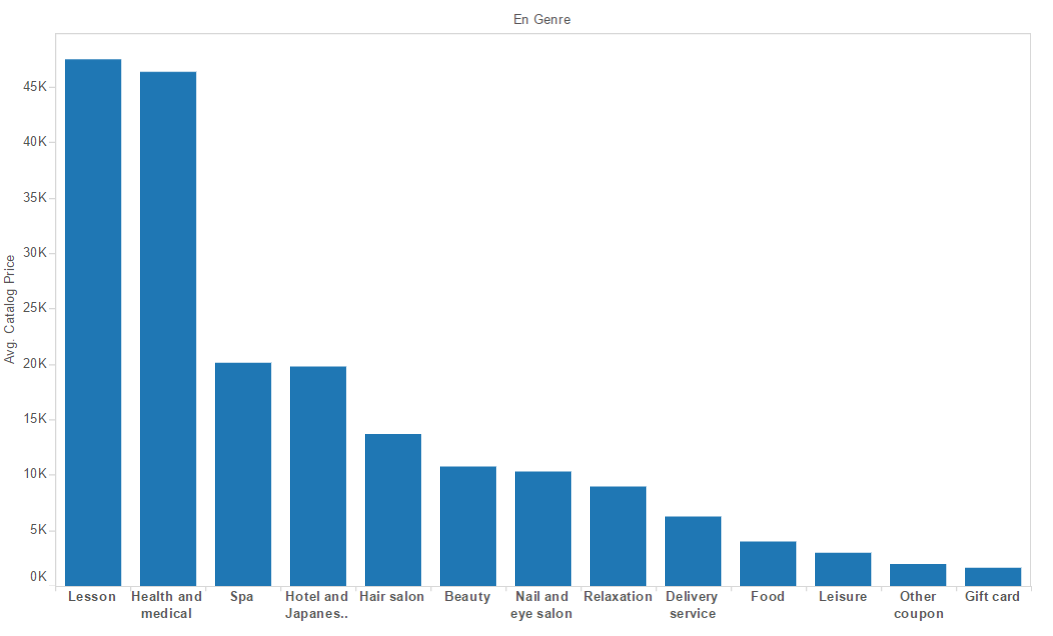
Average Catalog Price vs Coupon Category
5 / 8
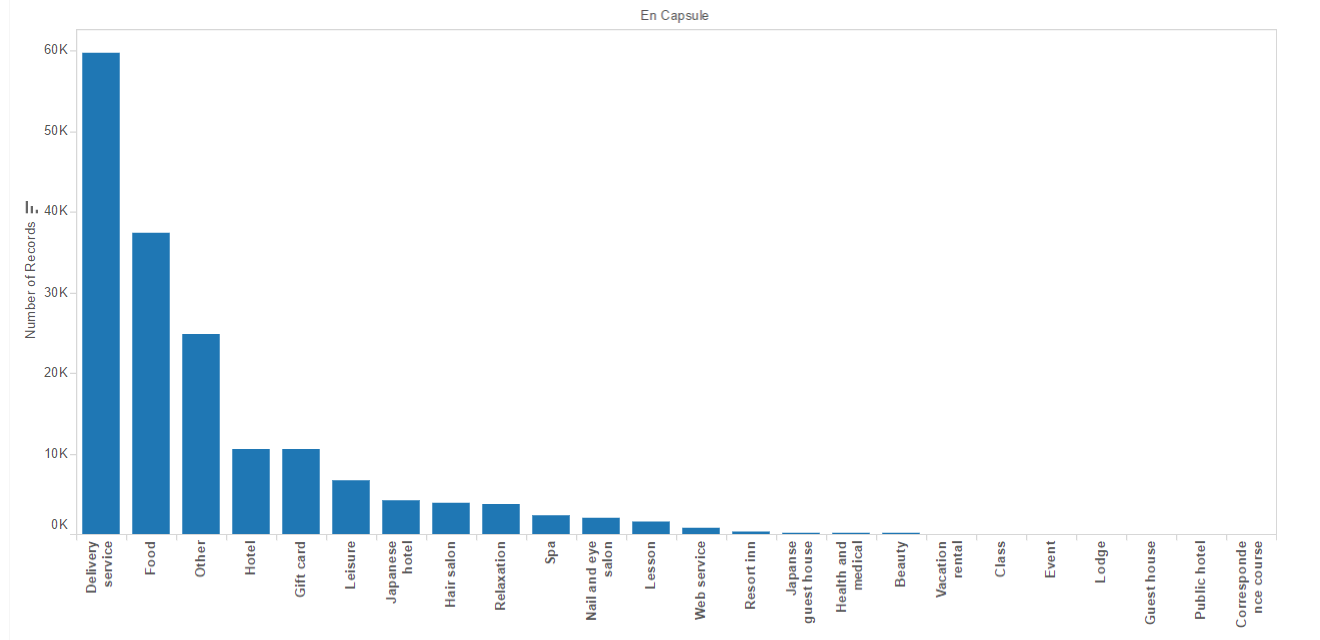
Number of Records vs Coupon Category based on Capsule Text
6 / 8
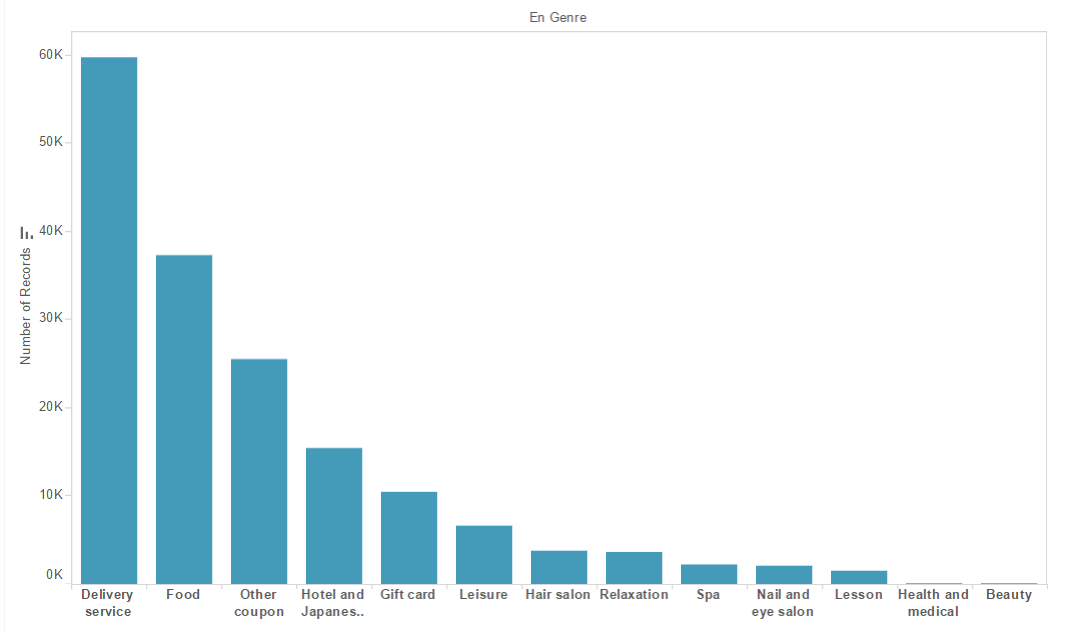
Number of Records vs Coupon Category based on Genre
7 / 8
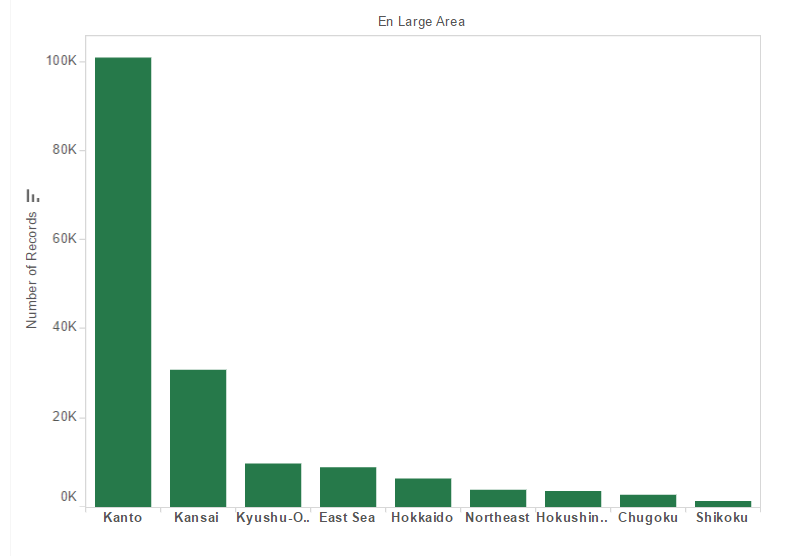
Number of Records vs Large Area
8 / 8
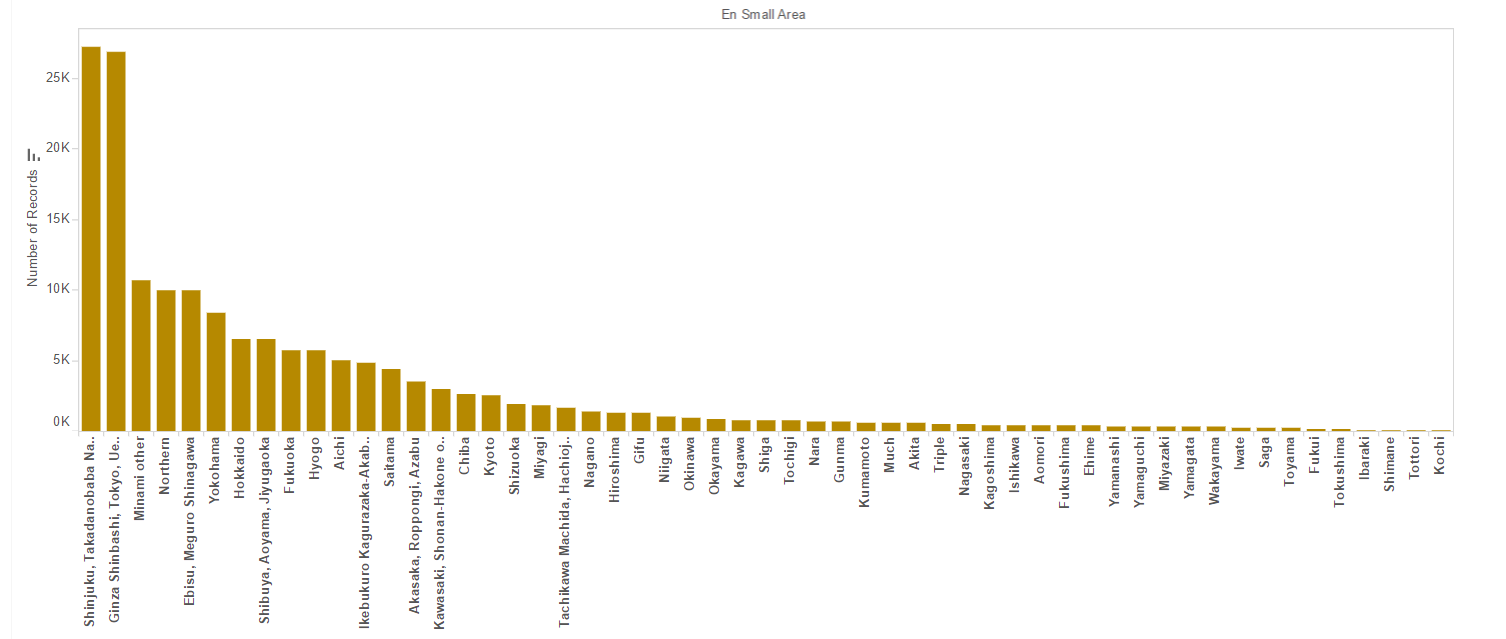
Number of Records vs Small Area
❮
❯
Exploratory Data Analysis
Before making any predictions, we first wanted to understand our dataset better. Here are some graphs which provide a better understanding of the dataset.
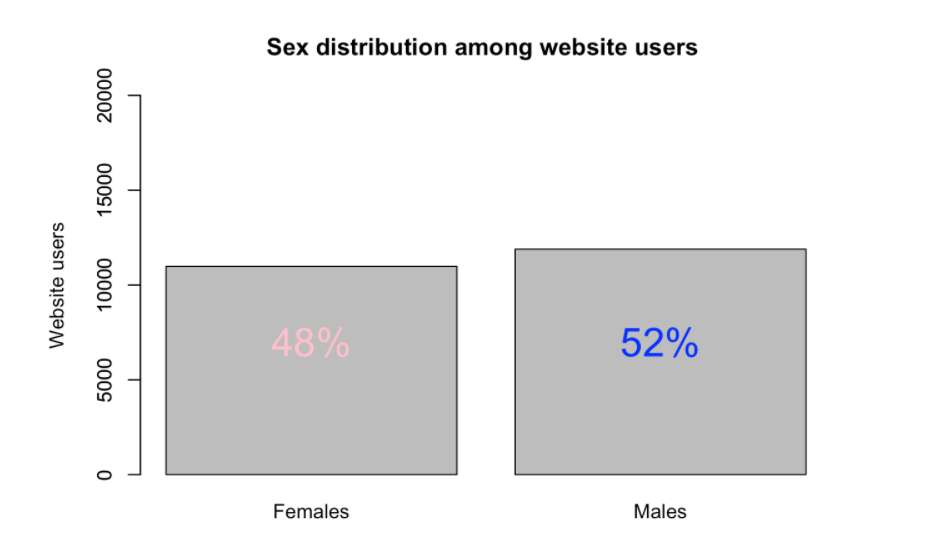
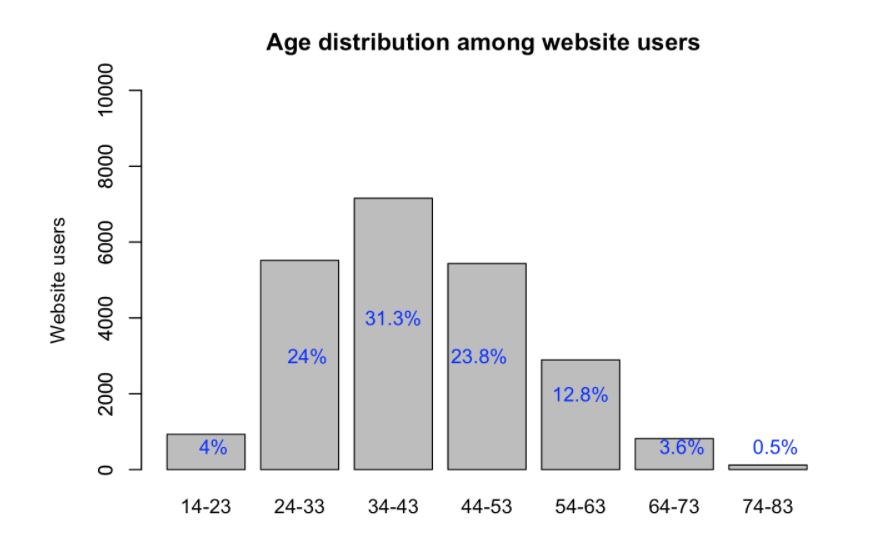
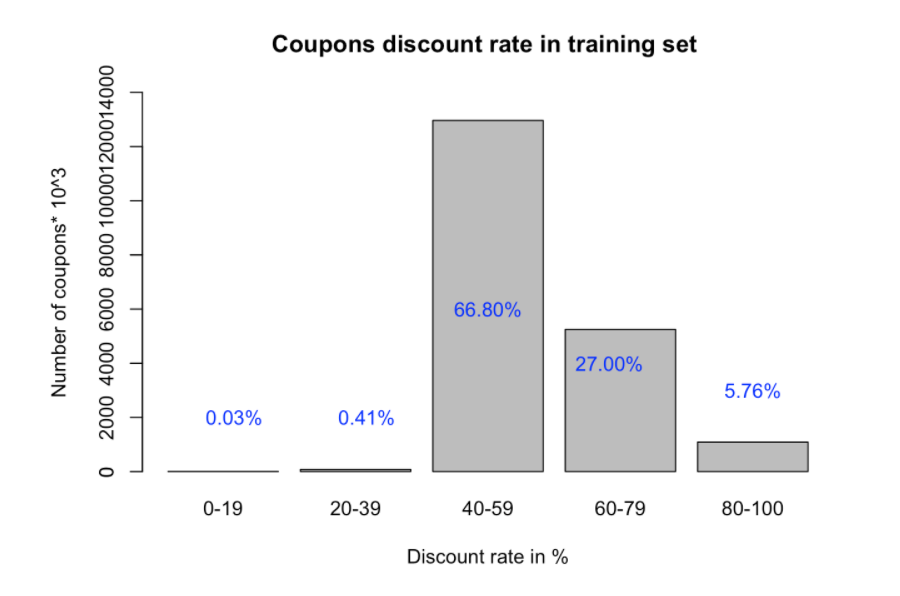
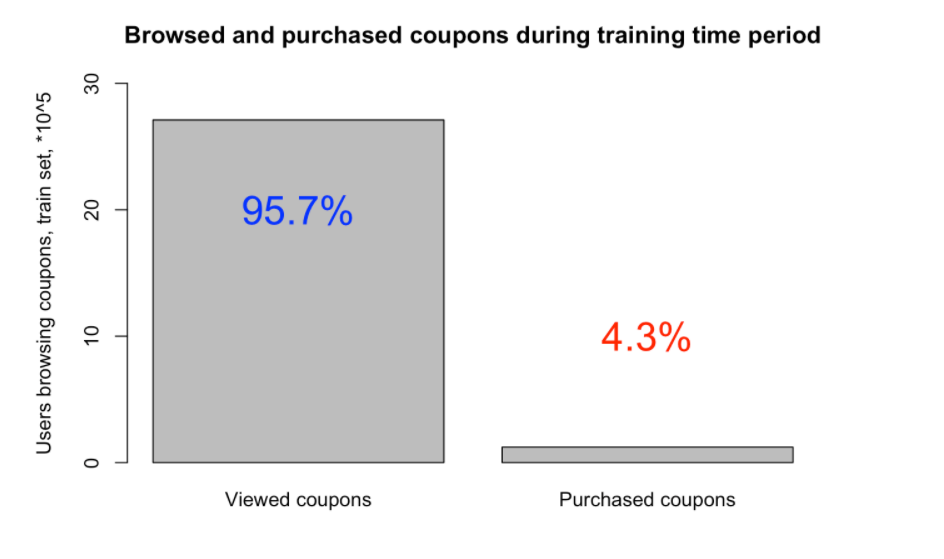
Baseline Approach
We wanted to predict the most popular coupon in a given area and then just output this as a baseline value as we checked the location for each user.
Classifiers used to predict the most popular coupon for a given area:
-
Nearest Neighbor: This is a non parametric approach for classification and regression. In a classification task, an object is classified by its majority vote of its neighbors, and the object is assigned to the class most common among its nearest 'k' neighbors. Since K-NN is a type of instance based learning, or lazy learning, there is no training time. This was quite beneficial, because of the large size of the dataset, training times would range from hours to weeks depending on the performance of the computer used. The attributes used for a Nearest Neighbor approach include dates available, genre, price, discount, etc. We tried 3-, 5-, and 10-NN for this part of the project.
-
Decision Tree: A decision tree is a support tool that uses a tree-like graph or a model of decisions and their possible consequences. Since Decision Trees are easy to understand and build, naturally we wanted to see if a Simple DT would be sufficient to solve our problem. The attributes used for the Decision Tree approach include dates available, genre, price, discount, etc. However, decision trees were less effective than k-NN.
-
Naive Bayes: A Naive Bayes classifier is a classification technique which is based on Baye's Theorem with an assumption of independence amongst the classifiers. Using this approach, we got an accuracy higher than Decision Trees but lower than k-NN.
Recommending Coupons
We could determine a few things about users by past coupon purchases, but some had very little history on the site. For users with no information from either their reported location or past purchases, we simply recommended coupons that we predicted to be popular in our baseline method. In cases where we had past purchases, we looked at their location by prefecture and small area as well as the genre of coupon they bought most frequently. We could then recommend the most popular coupons in those more specific subsections of the coupon area. However, for final coupon prediction, we tried Cosine Similarity methods.
-
Baseline Prediction: We recommended the most popular coupons in a user's region to get a baseline accuracy we could compare to our later results.
- Cosine Similarity methods: Similar to Problem Set 4, where we used Cosine Similarity to predict the caption of an image, we used a Cosine Similarity approach to predict whether a user purchased a particular coupon or not. The input vector has a list of features which correspond to the Coupon attributes like Usable Date, Usable period, Location, Genre, etc. We executed this in three stages: using only the purchase logs, then adding the view logs, and finally using Pearson Correlation Between Columns because it was a sparse matrix.